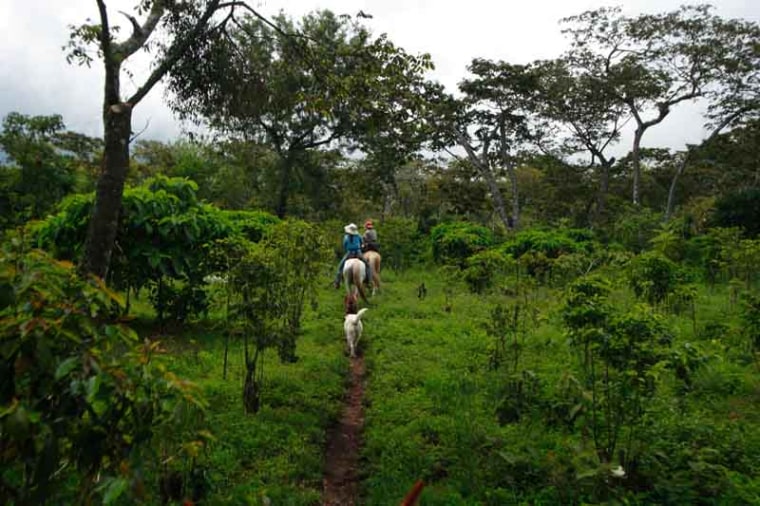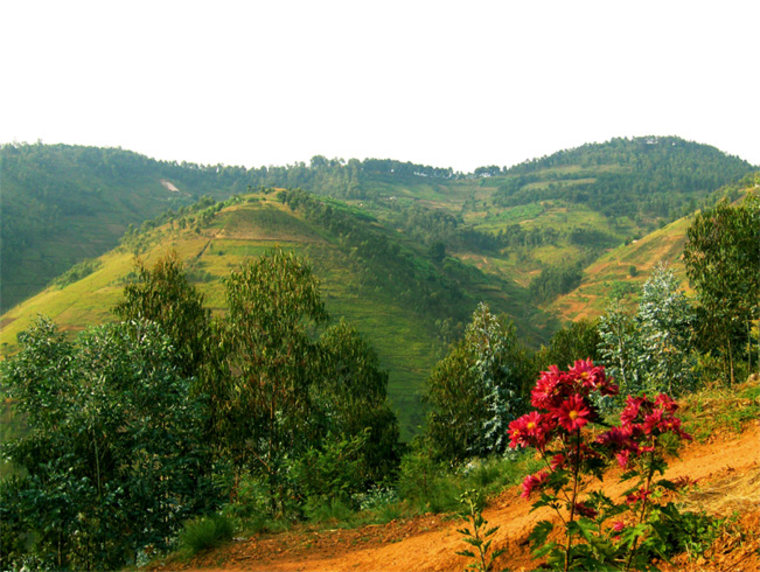There are about 200 million coffee drinkers in America and, like wine drinkers, they have firmly entrenched opinions about their favorite beverage. Should the coffee have a light or dark roast? Whole bean or ground? Drip or French press? Arabica or robusta?
Now there also are “green” issues to take into account—is it Certified Organic, Bird Friendly, Fair Trade Certified, and/or Rainforest Alliance Certified? Long gone are the days when “weak or strong?” was the only concern and staying awake was the reason for drinking it.
Nowadays everyone wants to know the origin of everything they encounter, and traveling the world in pursuit of the little red coffee berry is likely to replace winery tours as the trendy leisure pastime soon. And why not? Coffee grows best in that temperate belt around the Equator between the Tropic of Cancer and the Tropic of Capricorn—a nice place to visit.
Jamaica’s Caribbean weather ranges from 80-90 degrees to 70s at night. The mist-covered Blue Mountains have cooler temperatures that help Blue Mountain Coffee develop the flavors that make it the most revered (and expensive) coffee in the world. The mountains, which peak at 7,402 feet, have hiking trails for trekkers, campsites for birdwatchers and botanists, and roads suitable for 4-wheel drive vehicles.
Southern Mexico is the 7th largest coffee producer in the world, with Chiapas (known for Tapachula and Huixta brands), Oaxaca (home to organically grown Pluma), and Veracruz (Altura Orizaba and Altura Huatusco) leading the pack. You can travel quickly next door to Guatemala, the 8th largest producer in the world, and visit the primo growing areas of Antigua Huehuetenango and the Sierra Madre mountains.
It’s just a hop down to South America, where 3rd largest producer, Colombia, grows beans among the foothills of the Andes. The only South American country to have ports in the Pacific and Atlantic Oceans, its coffee industry is not overly burdened with high transportation costs.

Next stop is Ethiopia, the birthplace of coffee, where there are many ceremonial preparations of the brew. Half of the coffee is grown at altitudes 5,000 feet above sea level, and Harrar is where the best of this coffee originates. Cross the southern border into Kenya and seek out some of the best high-mountain coffees on Earth. Then move on to Rwanda which, now stable, grows great coffee on most of its land.
Fly on to Asia to visit Sumatra, the 6th largest island in the world and Indonesia’s top grower of arabica beans. In between coffee tours and tastes, you can enjoy the lush tropical flora and fauna before boarding for the long flight to your final coffee destination—Kona, Hawaii—where you’ll discover the most beautiful coffee bean in the world.
